#kinpusenji temple
Explore tagged Tumblr posts
Text
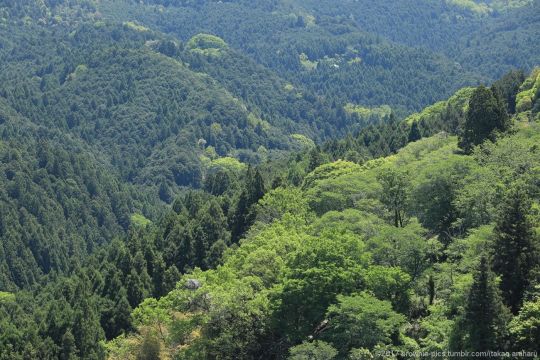
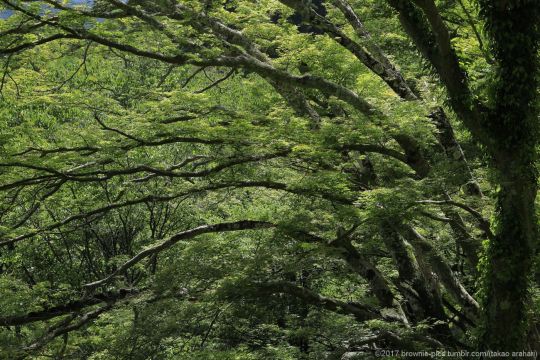


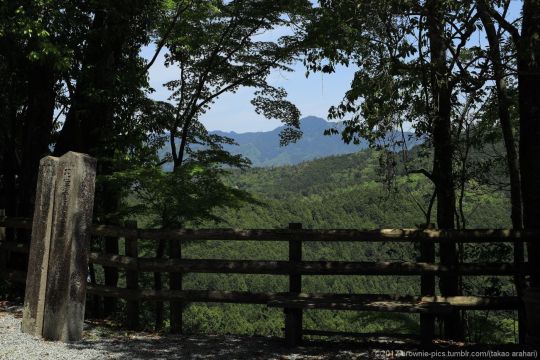


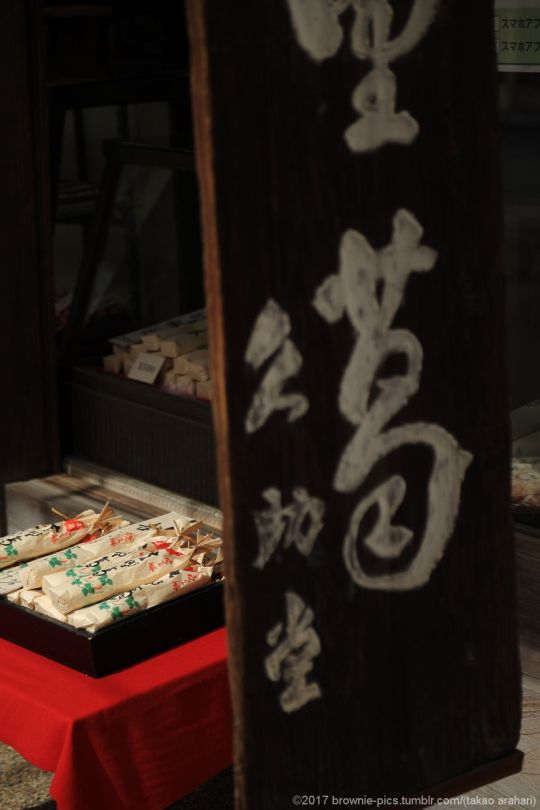
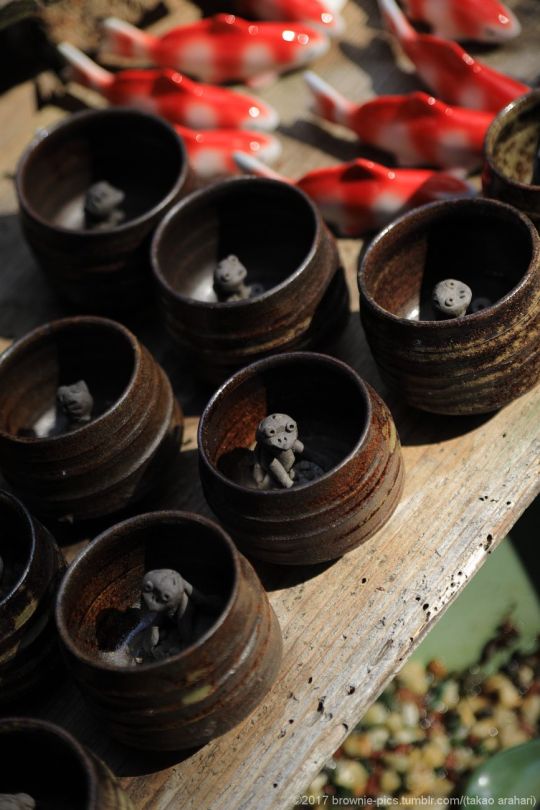

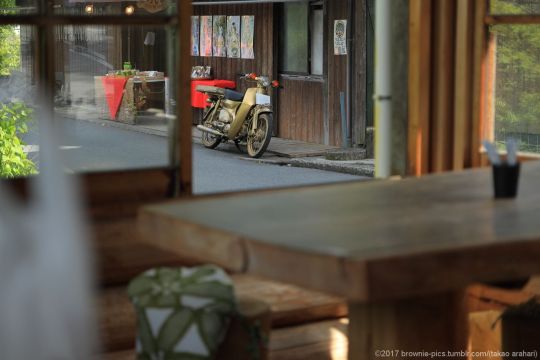
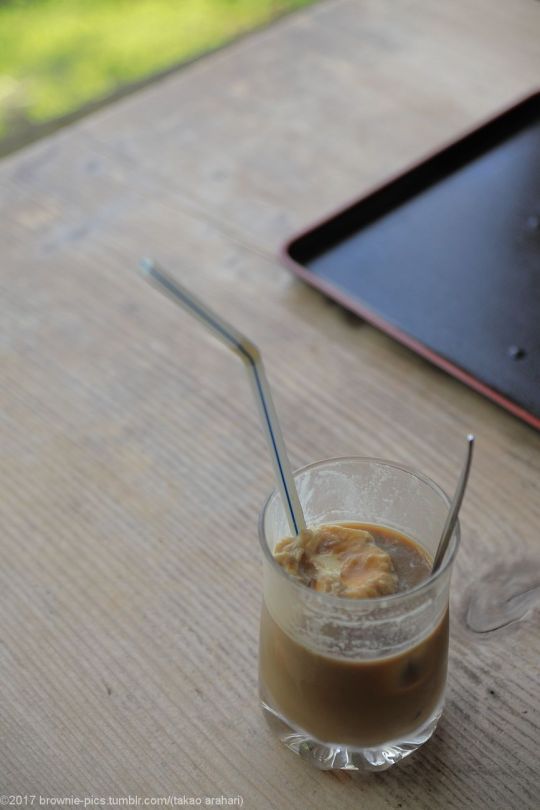

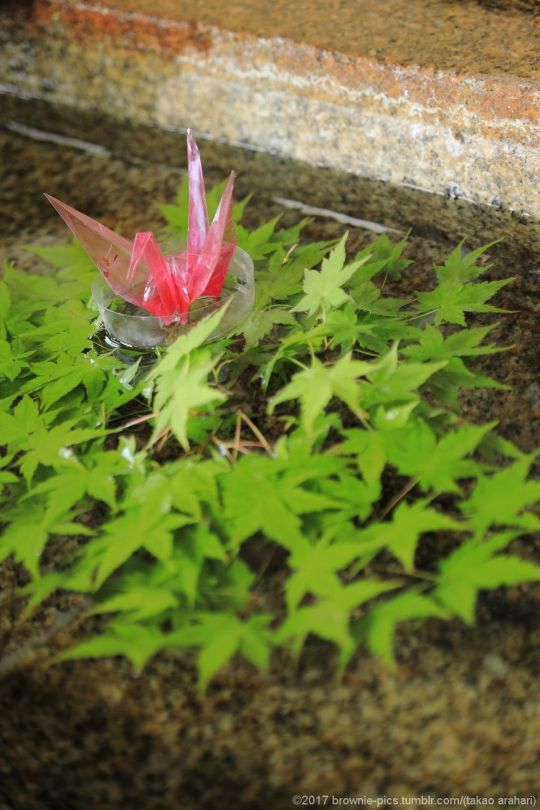

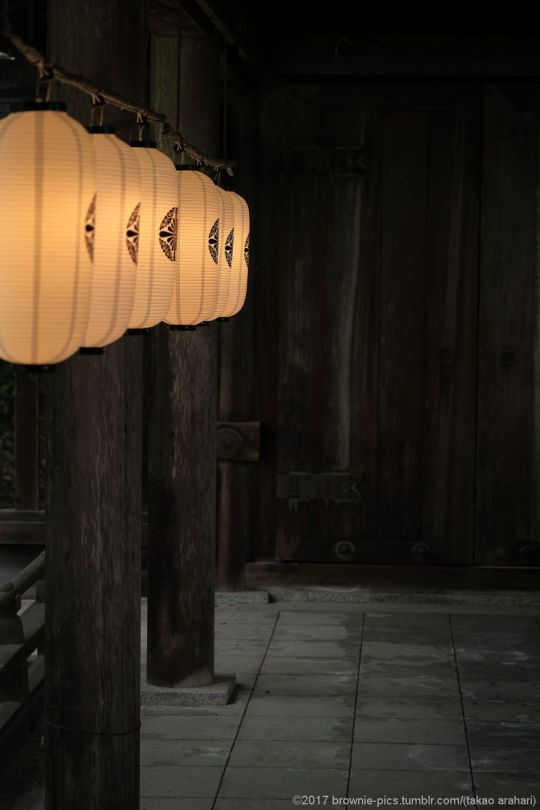


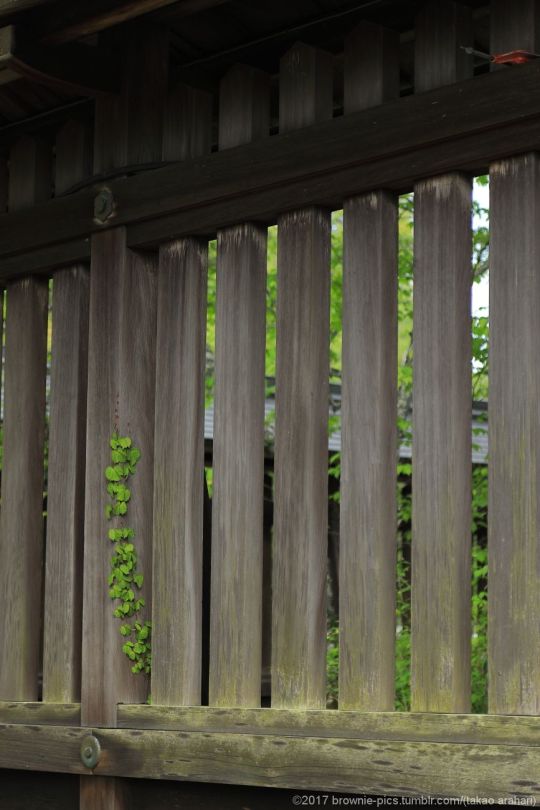
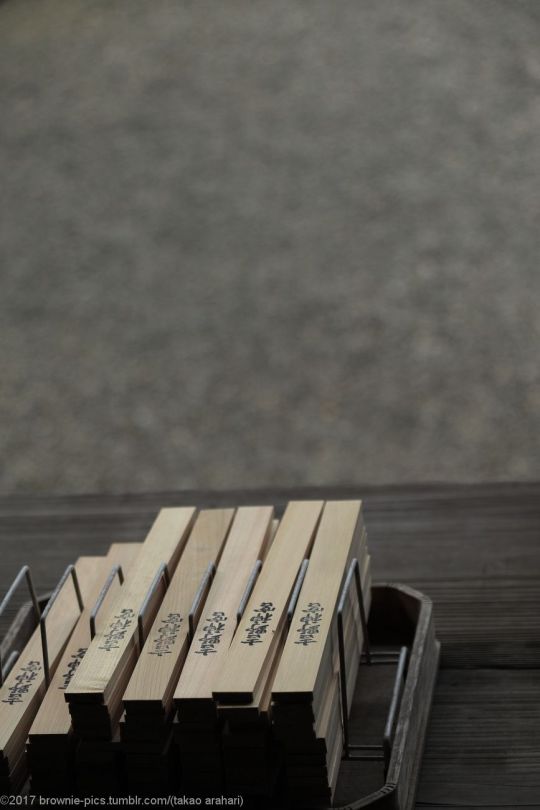

'23.5.3 吉野山(下千本、金峯山寺、吉野神宮)にて
GW、足伸ばしてお出掛けしたのはここだけ(しかも県内w)
特別公開している金剛蔵王大権現(でっかくて青いやつ×3体)を拝観すべく吉野山へ。桜のシーズンはとっくに終わっているので山は新緑に包まれていて、谷から新葉の間を抜けてすうっと吹き上げてくるそよ風がとても心地良い・・。
駐車場から金峯山寺までの道をゆっくり歩いて拝観。蔵王堂の他にも境内色々と周って、参道に戻ったら葛入り素麺食べて、カフェでコーヒーフロート。焼き物店でお土産買った後は吉野神宮へ。沢山拝んだ1日でした。
#奈良#nara#日本#japan#吉野山#mt.yoshino#金峯山寺#kinpusenji temple#吉野神宮#yoshino jingu shrine#新緑#new green leaves#奈良公園じゃないシリーズ#photographers on tumblr#natgeoyourshot
256 notes
·
View notes
Text

Kinpusenji Temple
467 notes
·
View notes
Text
[2024.08.30] Kateigaho 800th commemorative issue - Ryojun Shionuma x Yuzuru Hanyu: The Meaning of Life

"Unmoved by the eight winds, sitting upright on the purple lotus - The words of the soul that give life the power of enlightenment"
In the 800th commemorative issue of this magazine, a miraculous special conversation was realized. Ryojun Shionuma, the abbot of Jigenji Temple in Sendai City, Miyagi Prefecture, and Yuzuru Hanyu, a legendary figure skater who has repeatedly reached the peak of the figure skating world and has engraved his name and left countless milestones in its history. The two of them have always been regarded as the beacon of hope by people, and the profound yet light-hearted communication between them has the power to illuminate our way forward. The meaning of life, the way to accept pain, and other words of the soul that are relevant now will all be conveyed to you in this conversation.
[The most difficult pilgrimage, "Omine Thousand Days Trip to the Peak", completed by Ryojun Shionuma. The great Ajari Ryojun Shionuma was born in Sendai, Miyagi Prefecture in 1968. He is the abbot of Jigenji Temple. He graduated from Tohoku High School. He became a monk at Kinpusenji Temple on Mount Yoshino in 1987. He completed the Omine Thousand Days Trip to the Peak in 1999. He completed the Four No-Practices* (no food, no water, no sleep, no lying down for nine days straight) and the Great Goma Offering of 8,000 Pieces* (after abstaining from the five grains -rice, barley, wheat, red beans, soybeans, and salt for 100 days, one continues to burn 8,000 goma for 24 hours without eating, drinking, sleeping or lying down). In 2003, he established Jigenji Temple in his hometown of Akiu, Sendai. He has written many books. In June 2004, he published "Kurashi no Shio Kagen" at his own expense.] [Consecutive Olympic gold medallist and four-time Grand Prix Final champion - Yuzuru Hanyu. Yuzuru Hanyu was born in Sendai, Miyagi Prefecture in 1994. He is a professional figure skater. He graduated from Tohoku High School and Waseda University. Gold medalist of the 2014 Sochi Winter Olympics and the 2018 PyeongChang Winter Olympics. He is the first male singles athlete to win consecutive Olympic gold medal in 66 years. He is scheduled to appear in the "Noto Peninsula Reconstruction Support Charity Performance: Challenge!" on September 15, 2024 (no audience/live broadcast only).]
Precious words woven by two people who have experienced countless hardships.
[Dai Ajari and Yuzuru Hanyu, who decided on their current paths at a young age]
Dai Ajari Shionuma (hereinafter referred to as Shionuma): I’m happy to welcome Hanyu-san to Jigenji Temple again after a long time.
Hanyu-san (hereinafter referred to as Hanyu): I have been looking forward to seeing you again. It's great to see you unchanged.
Shionuma: This time, we will discuss important topics such as "What is the meaning of life?" and "What is life?". But when did you start to think about wanting to become the "Yuzuru Hanyu" that you are today?
Hanyu: I started skating at the age of four, and right away I was saying, 'I will win a gold medal at the Olympics.' It wasn't just that I wanted to; winning became a predetermined path for me. I was a strange kid (laughs).
Shionuma: Speaking of strange kids, can I share my story too? (laughs). I was in fifth grade when I saw a documentary about the "Thousand Days Journey to the Peak" on TV and thought, "I want to do that." I held onto that dream, and after graduating high school, I went to Mount Yoshino’s Kinpusen-ji for training. Even though I was still a novice, I was already convinced that I could definitely complete the 1,000-day pilgrimage. I was a strange kid, wasn't I (laughs).
Hanyu: But when you actually tried it, wasn’t it extremely tough?
Shionuma: Yes, it was very tough.
Hanyu: For me, too, the path was completely different from what I had imagined when I was a child. I had a much easier image of “I won a gold medal,” but it was really hard. Why do we humans tend to choose the difficult path? (smiles wryly)
Shionuma: Perhaps it’s because we continue to seek “truth.” When we face ourselves stoically, unnecessary things are stripped away, and our hearts become clearer. We also have guidelines like walking 1000 days or 48 kilometres a day, but those are merely training periods necessary for inner growth. This is exactly the difference between adventurers and explorers who are fascinated by nature and ascetics.
Hanyu: So, you push yourself for inner growth. When I'm doing physical training or strength training, it might feel somewhat similar to ascetic practice. Since becoming a professional figure skater, I've started to think more deeply about "expression," and I feel like I've been spending more time facing myself. I realised that I couldn't express the way I wanted to unless I really thought about who I am and what life is, and started to form my own core. I think there are some states of being that can only be seen when you are pushed to the point of no escape.
Shionuma: That's true. But unless you're engaged in work that requires you to raise your gear and efficiency for training or performance, it's probably better to live a life where you're not under too much pressure (wry smile).
Hanyu: That's right. However, I feel that being pressured with deadlines, such as tests and homework when you're a student, can help you develop concentration.
Shionuma: The experience of facing oneself when pushed to the limit may indeed be effective for awakening new insights and states of being.
Hanyu: I felt that I wasn’t truly myself unless I kept challenging myself, so I incorporated difficult moves with a success rate of 10% or 20% into my competitions. When I think back on why I got into skating, I believe it was because I could confront challenges within an extraordinary experience.
Shionuma: Once you experience success in the face of extreme difficulties, you can’t stop trying.
Hanyu: But to be honest, I still have dreams about failure. Recently I had a dream about a competition, and even though the start time had passed, I still hadn't put on my costume or skates. I was in a panic (wry smile).
Shionuma: Do you not have dreams about success?
Hanyu: I don’t have them often. But I did have a dream about successfully jumping a quadruple axel before. I remember thinking, “I did it now, but this is a dream. However, this feeling is so real, I should remember it... Oh, I’m starting to wake up, so I’ll do some image training for the quadruple axel once I’m up.” I approached it with that kind of enthusiasm, using the dream to its fullest. (laughs) How about you, Ajari-san? Do you dream of your training?
Shionuma: I still sometimes dream about walking in the mountains. I don't feel like the 1000-day pilgrimage has ended; each day feels like the 1000th day. In fact, I only wrote in my journal during my training up to the 999th day. I guess my training is still continuing somewhere in my heart.
[The state of mind I discovered and reached through writing in my diary]
Hanyu: Did you write in your diary every day?
Shionuma: Yes. I wrote every day until the 999th day without missing a single day. Before I started my 1000-day pilgrimage, I decided to write a white circle in my journal on days when I went to training with the mindset of "Let’s go!" despite any pressure or stress, and a black circle on days when I felt, "I don’t want to go today..." But there was not a single day when I went to the training with a negative feeling. They were all white circles. That’s what still gives me confidence today. Hanyu: That's amazing. Did writing down your thoughts give you the mental support of 'Let's do it again tomorrow!' or make you think that you had to change yourself?
Shionuma: That might be part of it. I also wrote down the feelings and realisations I had at the time every day so that I wouldn't forget them.
Hanyu: Ajari-san, I’m the same. You're completely an athlete (laughs). My skating coach told me, "Write down in your notebook on the same day how it felt to be able to jump if you did it this way," so I've been writing since I was little. I've had the habit of writing things down in my skating notebook since I was young, so I still write down things I notice.
Shionuma: I see. The reason your words, which express your inner thoughts, resonate with people all over the world is due to that accumulation. When you write in your skating notebook, do you often write with a positive mindset?
Hanyu: I think I should accept and acknowledge all negativity as negativity. It's not good to vent your negative feelings on others, so I write everything in my skating notebook. I write it, tear it up, throw it away, and that's it! That kind of pattern. I think I've thrown away as many worries as the number of pages in the notebook I tore up (laughs).
Shionuma: That's a good method. In Buddhism, the greatest enlightenment is to let go of attachments. The Zen phrase "Eight winds blow but I remain unmoved" really resonates with me right now. When the eight winds (prosperity, decline, disgrace, honour, praise, censure, suffering, and pleasure) that disturb our minds come, our minds are inevitably shaken. Of course, we may react and become disturbed temporarily. The important thing is not to be caught up in that for too long. The teaching is that the way humans should aim for in life is to let go (throw away, discard) everything and encounter a new state of being, and that is exactly what Hanyu has been doing. I will do it that way from now on too. I may end up writing a huge amount, thinking, "Am I really writing and throwing away all this in one day?" (laughs).
Hanyu: No way (laughs).
[Concentration that can only be achieved in extreme situations]
Shionuma: By the way, I was moved when I saw your solo performance "ICE STORY 2023 "GIFT"" held at the Tokyo Dome in February 2023, the first time in the history of skaters to do so. What is the driving force that allows you to perform in such extreme situations?
Hanyu: Because everyone has high expectations of me. That's the only reason. I'm currently putting on an ice show where I'm the only skater for over two hours, and it's because I'm pushed to the limit and have my physical and mental strength worn down that my performance can be filled with tenderness, or conversely, even create a bit of a destructive atmosphere. There are times when I find myself thinking, "Why am I trying so hard? What am I doing this for?" But the reactions and energy of the audience when I deliver my performance is really enjoyable and makes me happy. I do it because I want to experience that pleasure.
Shionuma: I wondered what this power is.
Hanyu: If I don't do that much, I can't perform in a way that moves people's hearts. To begin with, I don't have much confidence... Everyone says I'm "mentally strong," but it's precisely because I'm not strong that I have to practice and prepare a lot to be able to endure. Also, I was thinking recently, "Why am I called a narcissist?" As a skater, I have many opportunities to look in the mirror, but it's not like I like looking at it. Even when I'm asked to check the photos during a shoot, I don't really think I need to check my own face.
Shionuma: That's bad. Maybe I'm the narcissist... When my photo was taken just now, I said, "Show me the photo! It's good, it's good" (laughs).
Hanyu: Ahahah (laughs). I'm not confident to begin with, so I can't do things half-heartedly. For example, when I'm warming up, I often concentrate so much that I'm immersed in my own world. People tend to think that I'm "intoxicated with myself" because I'm not embarrassed when they see me lip-syncing enthusiastically, but it's not that I'm self-absorbed. I have to go that far to perform at my best. Maybe I'm labeled a narcissist because I go all out more than the average person...
Shionuma: In general, people only have access to a very limited amount of information, which can lead to an image that is perceived as completely different from reality.
Hanyu: Well~ I want to loudly refute the allegations that I’m a narcissist (smiles wryly)
Shionuma: Let me make it clear here. People tend to think that I must be a very special person for having completed the 1000-day pilgrimage, which only two people have succeeded in over 1300 years. However, I'm often told, 'When I meet you, you're just an ordinary person.' This makes me very happy.
[100-year-old active monk + 100-year-old active skater]
Hanyu: But I’ve been aware that I was a strange kid since I was little. Ajari-san must have been quite a strange kid too, deciding to do the 1000-day pilgrimage in fifth grade (laughs). If you could go back to the time when you first saw the 1000-day pilgrimage program, would you make the same decision again?
Shionuma: (answers immediately) Yes. Even if I were reborn, I will definitely embark on the same path again.
Hanyu: That’s amazing. I’d probably choose to take a different path if possible. If there is reincarnation, I would like to devote everything I can to skating in this life and complete it to the point where I feel like I've accomplished everything! Well, maybe I’ll be an ant in my next life (laughs).
Shionuma: Seriously, ant?! (laughs)! Right now, I enjoy every day from the time I wake up in the morning until I go to bed at night. Monks often do great work after they turn 80, but if you think of life as a mountain climb, then at 56 years old I'm still only at the second station. Since I was given this life, I feel I've been able to maintain a pretty good mental state, so I’ve decided to continue studying until I'm 80 and to keep working on the front lines until I’m 100.
And, this is just my own desire, but when I complete this life and move on to the next world, I want the gods, Buddha, and my teachers to say to me, 'You did well.' This is what motivates me to keep walking the difficult path I have chosen without giving up, in order to contribute to everyone's happiness. Hanyu-san, what are your thoughts on the meaning of life and your own role?
Hanyu: I think a lot about the meaning and role of my life. I don't go so far as to say it's for the sake of the world or for others, but I think the meaning of my life is to exist for someone. For me, that tool happens to be skating, and I feel that my current role is to connect with everyone through it.
Shionuma: I see. I said that I want to learn until I'm 80 and continue to work at the front line until I'm 100, but what do you want to do from now on, Hanyu-san?
Hanyu: Working on the front lines until 100? A 100-year-old active skater is amazing, isn’t it? (laughs) Right now, I’m in the midst of a transformation myself, so to be honest, this is the most unpredictable time for me... I can definitely feel the reality of living as I change rapidly. Since skating is a physical activity, I can’t predict when something might happen, including injuries, or how it might all end. However, I hope to live in a way that allows me to truly feel my own role and the meaning of my existence in each moment.
Shionuma: You’re experiencing change, I see. When difficult things happen, how do you face them?
Hanyu: I would let myself fall to the lowest point. After feeling exhausted, pained, and frustrated, I’ll then think, "Ah, let’s try my best." But I also think that without these difficult moments, it would have been hard to see hope for the future. Having experienced the Great East Japan Earthquake at 16, I’ve had many opportunities to visit affected areas, and I feel that many people compare their own pain to that of others and endure it by thinking, 'Compared to them, I'm not suffering as much.' While this is a virtue unique to the Japanese, I've been thinking lately that it’s okay to accept that pain is pain.
Shionuma: That's right. I think the only thing we can do is to acknowledge the pain and turn it into sustenance for moving forward.
Hanyu: I think so too. On the contrary, if you always say, "I’m not suffering," you may not have the strength to take the next step. That’s just the way it is, isn’t it?
[Acknowledging the pain gives you the strength to take the next step]
Shionuma: That’s true. Do you think you can accept your pain as it is and turn it into nourishment?
Hanyu: But I feel like my mental state is getting weaker every year. Is this what turning 30 feels like? It’s definitely different from my teenage years (wry smile).
Shionuma: Really? I’ve become more confident and positive now that I’m 56 (laughs). Sometimes unexpected obstacles or accidents occur. During those times, I make sure not to be passive. When something happens, I try to tackle it head-on. I believe that if I can overcome this pain and turn it into nourishment, I can definitely rise again. I think that kind of confidence is very important in life.
Hanyu: Impressive. Do you ever feel down?
Shionuma: I don’t feel down… (laughs) I’m moving around so much every day that I hardly have time to dwell on things. Of course, I feel deeply upset when I make mistakes or act inappropriately, but I try to quickly regain my composure and make amends. I want to maintain a positive mindset and stay on track.
Hanyu: I wonder if in another 20 years I’ll be able to reach a state where I’ll never feel down (laughs). Today, I had a lot of discussion with Ajari-san about how to face oneself and what it means to live. In this age of social media, where uncertain topics abound, and given the unstable global situation, I hope this conversation provides a chance to reflect on ourselves and offers insights to think about who we are and whether we can clearly discern the truth. I want to live with the belief that if one person changes, the people around them will change, the country will change, and the world will change.
Shionuma: Just as you said. Everyone, let's proceed with the mindset of "unmoved by the eight winds."
------------------------------------------------------------------------------
"Reflecting deeply about how to express (this issue) is also a consideration of the meaning of life." - Yuzuru Hanyu "Still learning at the age of 80, still at the forefront at the age of 100." - Ryojun Shionuma "I write down the negatives in a notebook and then tear it up; the number of pages torn represents the worries discarded." - Yuzuru Hanyu "Suffering can come to anyone, the only thing you can do is to accept it and turn it into sustenance for moving forward.” - Ryojun Shionuma [End of the conversation]
[Message to the other party]
Dai Ajari Shionuma to Yuzuru Hanyu: [Strong and gentle, mysterious and beautiful] “Although we haven’t met for many years, from his words, I can clearly sense that he has accumulated a wealth of experience and depth in his life. As a rare figure skater, the weight he carries on his shoulders is immeasurable, and I sincerely hope that this conversation can show the truest Yuzuru Hanyu, and convey his unique charisma that combines gentleness, resilience, and sensitivity. I sincerely hope that more people can gain inspiration about life from this, even if it is just one more person.
Yuzuru Hanyu to Dai Ajari Shionuma: [The meaning of existing here, the meaning of being yourself is ‘life’] “I came to visit with a teacher from Tohoku High School when I was a teenager. I was a little nervous when I first arrived, but Dai Ajari greeted me with a series of cold jokes, and it was the same this time (laughs). Sharing the significant growth and changes I’ve experienced over the years with him has been very reassuring, so we discussed many topics I had never talked about before. For those who read this conversation, I would be very happy if you could find some words that touch your heart and brings us closer together.
Source: https://www.kateigaho.com/article/detail/177647 Info: https://www.kateigaho.com/article/detail/177345
15 notes
·
View notes
Text
instagram
The dawn at Kinpusenji Temple in Nara Prefecture, a World Heritage Site, looked like an ink painting.
1 note
·
View note
Text
KINPUSENJI temple in YOSHINO , Nara Japan
KINPUSENJI temple in YOSHINO , Nara Japan
‘KINPUSENJI temple in YOSHINO , Nara Japan’I visited KINPUSENJI temple in YOSHINO, NARA prefecture on my way to the cherry blossom mountain in YOSHINO. It’s founded late 7th century by ENNOGYOJA who is the founder of the SHUGENDO, the fusion of Shinto and Buddhism. ENNOGYOJA He is a real person has the mysterious power which can control the demons.He is depicted in the official history book ,…

View On WordPress
2 notes
·
View notes
Text
Setsubun 節分
Today is Setsubun in Shinto! This tradition originally is to celebrate the beginning of Spring in Japan. The name means "seasonal division" in relation to this. I used to not understand it, since in Canada, February was bitter cold and snow. However, here in Japan, today was actually very warm, springlike weather!
It is also in relation to Lunar New Year festivals in Japan, so you could say Setsubun is also the mark of the beginning of the Lunar New Year.
Many of the traditions and celebrations held now during Setsubun actually came from Chinese influence of "Tsuina" during the Heian period, as well as the influence of unlucky and lucky directions. This is where the tradition of eating ehomaki comes from, and driving out of oni, who are said to come from the "oni gate" directions. However, Mamemaki, the throwing of beans, actually only began to first be practiced much later in the Muromachi period (the first record states it began in 1425 AD).
Setsubun in modern times can take many forms, such as large events, throwing of beans and candy, and excorcism festivals. However, a typical Setsubun usually consists of a ceremony to the kami to pray for a good year, an exorcism ritual, usually involving symbolically shooting a divine arrow (which originated from Tsurugaoka Hachimangu) and then mamemaki, or throwing of beans into the audience to symbolically bring them luck, and to drive away the oni. (usually there are people dressed up as oni to represent them being driven away by the beans.)
However, not all shrines do Setsubun, especially the ones that wish to retain the earliest Shinto practices - the reason Ise Kotaijinguu doesn't have a typical Setsubun ceremony - or they don't do a typical Setsubun due to strong relations to oni and oni kami, and for shrines in areas where there is many family names with the kanji 鬼 (oni) in it out of respect.
Oni are typically known as evil spirits or demons in English literature. From their very intense and powerful, and scary mythos and folklore that have been translated. However, like many spirits in Japan - there is a heavy nuance and context - not all is 100% good, and not all is 100% bad.
Oni are very intense spirits, and some have been known to do very bad things. But there are also stories and myths, of good Oni, who helped people, and particularly awe-invoking oni, who are worshipped at shrines. One such legend is the oni of Oni Jinja in Aomori worships the spirit of an oni who helped teach people how to farm, and brought them new advanced tools. As well as the oni kami Ura-sama, of Kibitsu Jinja, who also has his own small shrines in the region.
These shrines, as well as the areas with many families with the oni kanji in their name, and other temples such as Kinpusenji with a story in relation to a teaching from En no Gyoja - see oni in a more positive light, or a way for us to have courage to face challenges our way - tend to do a variation on the typical "Oni wa soto [ Oni get out], Fuku wa uchi![Blessings come in]" with a common one being "Luck come in, Oni also come in" as a way for us to face the year with courage no matter what challenges come our way, or to bring the blessings of the regional oni kami.
Of course, in my tradition, Konko Shinto, we also hold a positive view to oni, and tend to not hold Setsubun, or hold a non-typical Setsubun for a number of reasons, similar to the above examples-
1. We dont see directions as lucky or unlucky - all directions in the universe are sacred and a part of Kamisama.
2. A kamisama who is very important in our tradition, Konjin-sama, is an oni kami who we also recognize their nigimitama (benelovent, gentle) side
3. A sense to respect and be gentle towards all spirits, as Kamisama does not wish to see suffering
This being said, some Konko Shinto shrines, especially in Japan, do a gentle adaption of Setsubun where the traditional roasted beans are given out with tea. There may also be oni play-fighting with the kids, but aren't driven out. Every shrine is unique. Either way, Setsubun should be a time of joy at any place in Japan, and even overseas! 👹
At our shrine today we hadnt time this year to prepare a ceremony, but thinking for next year! However, today after free talk, Masafumi sensei and I had perfect timing to go to the local Toyokawa Inari branch shrine's Hatsuuma (sacred grand ceremony of Inari Okami) and Setsubun! The Setsubun was perfect for us as it was just getting beans and snacks and no oni driven away ^^ it was really fun! 👹


234 notes
·
View notes
Photo










Pics from my trip to Japan - day 7: April 4th, 2018 part 2 - Yoshinoyama
Yoshino village with Niomon in the background (entrance gate to Kinpusenji temple, where we were at around 10.30 in the morning - this pic was taken around 3PM I think)
View from the Hanayagura observatory
Mikumari shrine and its cherry tree
Wooden owl in Mikumari shrine
We took a different path down to the village, going through a pine forest
A beautiful pink cherry tree (most are white or pale pink)
The steep valley
Various colors, all sakura and azaleas
Cherry blossom tempests take a whole new meaning here in Yoshino
Wild mountain flowers (I’m not sure what those are ^^; - iris maybe?)
#my pics#Japan 2018#Yoshino#Yoshinoyama#Niomon#Kinpusenji#Hanayagura observatory#Mikumari Jinja#sakura#azalea
41 notes
·
View notes
Photo
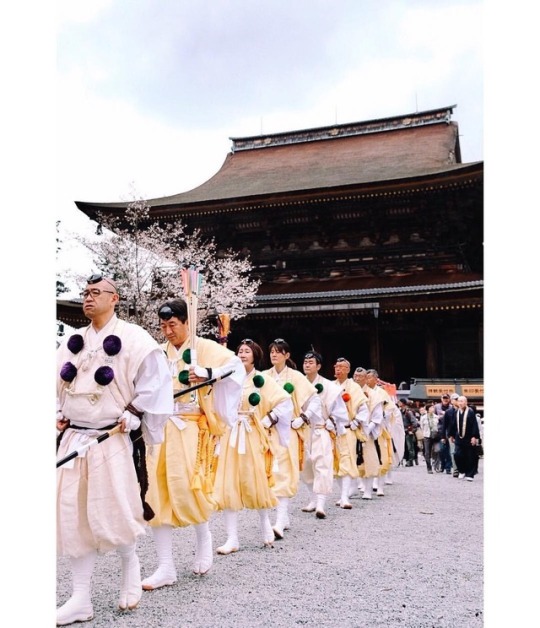
Yamabushi is mountainous #hermits of syncretic #religion called Shugendo which was created from #integration of Buddhism, Shinto and Taoism in 7th century. They were #marching for annual flower #ceremony in front of the the massive #wooden hall Zaodo. #japan #🇯🇵 #nhậtbản #🗾 #kansai #naraprefecture #yoshino #kinpusenji #temple #🙏🏼 #zaodohall #shugendo #yamabushi #historic #heianperiod #traditional #japanculture #travelgram #backpacktrip #seetheworld🌏 (at Kinpusen-Ji Temple)
#kinpusenji#shugendo#yamabushi#kansai#🇯🇵#naraprefecture#🗾#heianperiod#integration#yoshino#historic#religion#travelgram#backpacktrip#ceremony#zaodohall#🙏#nhậtbản#marching#japanculture#seetheworld🌏#hermits#traditional#japan#temple#wooden
0 notes
Text

Kinpusenji Temple in the Yoshino district of Nara Prefecture, Japan.
15 notes
·
View notes
Photo

Kinpusenji Temple
Mt. Yoshino, Nara
It is the head temple of a branch of the Shugendō religion called Kinpusen-Shugendō. According to tradition, it was founded by En no Gyōja, who propagated a form of mountain asceticism drawing from Shinto and Buddhist beliefs. Along with Ōminesan-ji Temple, it is considered the most important temple in Shugendō.
67 notes
·
View notes
Link
1 note
·
View note
Photo










Pics from my trip to Japan - day 7: April 4th, 2018 part 1 - Yoshinoyama
Mount Yoshino lower area - Shimosenbon
Grilled ayu shop in Yoshino village
Kinpusenji temple
View from Yoshimizu shrine: “hitome senbon” - one look, a thousand trees
Yoshimizu shrine dragon fountain
Surrounded by sakura
Mount Yoshino middle area - Nakasenbon
Mandatory sakura close-up
Path going back to the station through the valley
Climbing up - view of the village from the Nakasenbon area
#my pics#Japan 2018#Yoshino#Yoshinoyama#sakura#Kinpusenji#Yoshimizu shrine#hitome senbon#Shimosenbon#Nakasenbon
25 notes
·
View notes